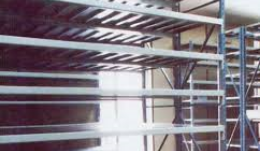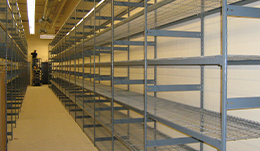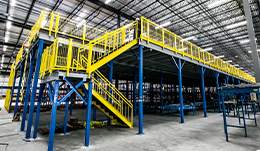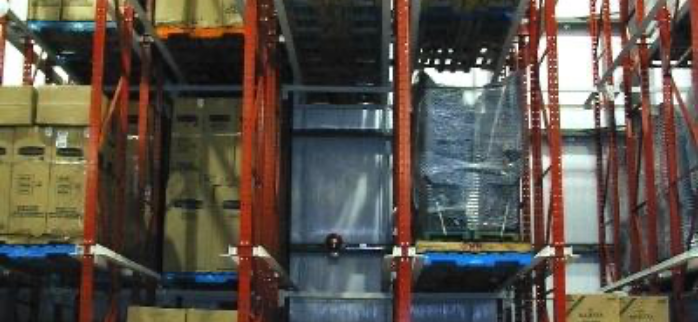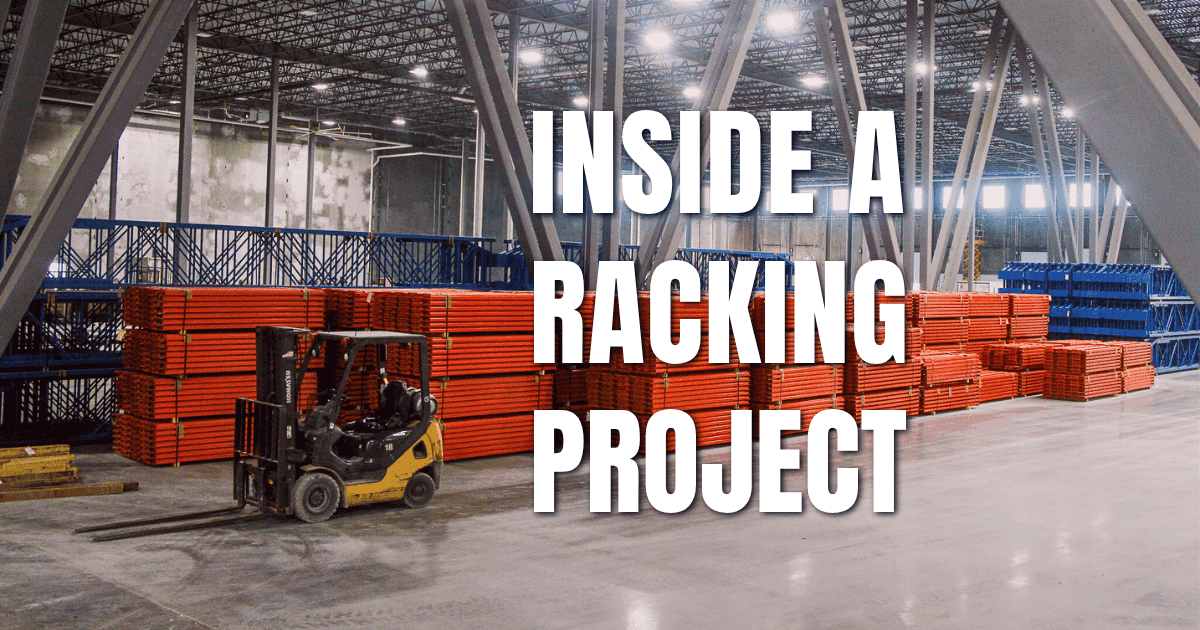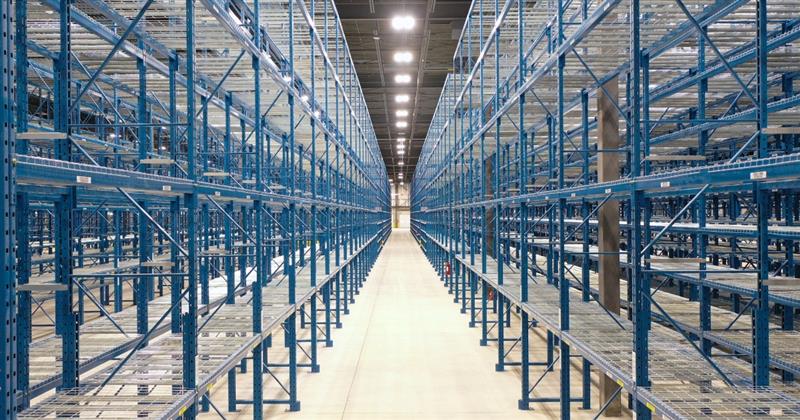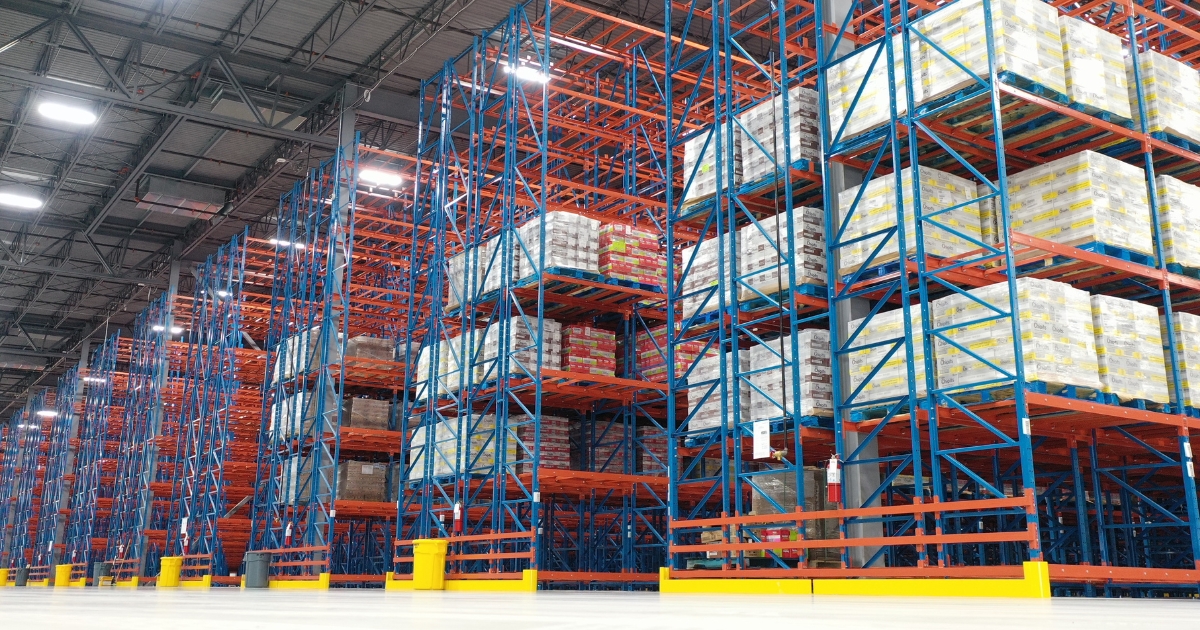STORAGE – RACKING FAILURES – Five Key Practices That Will Help Prevent Them
Storage racks are used extensively in industry. An important part of an employer’s responsibility is ensuring that these structures are safe. Rack failure can lead to serious injuries – even fatalities – damage to property and products, expensive repairs and impaired productivity.
During a November 2011 industrial inspection blitz of industrial storage racks in Ontario, the Ministry of Labour issued 3,063 orders, including 118 stop work orders. To avoid failures ensure racks are code compliant and regularly inspected, maintained and repaired; and implement these practices:
- Keep engineered specifications on the premises. As per CSA A344.2, manufacturers are required to maintain records. The provincial labour ministry may ask to see these documents during a facility inspection. Obtain documentation from the manufacturer that indicates the rack was designed and installed in accordance with current applicable standards and specifications, or have a Pre-Start Health and Safety Review (PSR). A PSR is also required if there were alterations to the specifications, if the rack has undergone major repairs or if it was replaced and there are changes to the design parameters.
- Plan formal reporting procedures and inspections to enforce high standards, maintenance and inspection. The Ontario Occupational Halth & Safety Act (OH&SA) clause 25(1)(b) requires the employer to ensure equipment is maintained in good condition. CSA A344.1 recommends owners have an in-house systematic inspection program in place performed by a competent person, and that the owner should keep a record of each inspection.
An inspection protocol should focus on the following:
- Excessive deflection in the beams due to overloading.
- Out of plumb, damaged, or corroded posts.
- Damaged or missing horizontal and/or diagonal braces.
- Sheared or missing anchors.
- Damaged or permanently deflected beams, or incorrect beam engagement.
- Missing or improper safety pins, row or wall spacers.
- Misplaced, missing, or damaged safety bars.
- Improper overhang of goods over pallets or pallets over beams.
- Use of damaged pallets.
- Overload conditions.
- Substandard rack repairs.
- Unsafe material handling equipment operation.
- Prioritize damage control. Preventing, recognizing and repairing damage is crucial to maintaining rack safety. Many racks are damaged by mechanical loading equipment or by the material being placed on the shelves. Damage significantly lowers the capacity of the rack structure and can lead to a catastrophic failure.
Operators of forklifts or other mechanical equipment must be well trained and regularly refreshed so they know how to effectively and safely maneuver around industrial racking systems. Owners should:
- Avoid common pitfalls. There are some things that should never be done. Avoiding pitfalls will make your plant safer. Keep these points of mind:
- Don’t move racks around the plant without a review of the manufactuer’s requirements regarding the anchoring or protection of bases.
- Capacity and/or safety of racks can be affected if they are cut down, welded or spliced, reconfigured or moved. Such modifications should only be carried out with the approval of the manufacturer or a professional engineer.
- Removing or repositioning beams may create an overload condition. Get approval from a professional engineer, vendor or manufacturer except when reconfiguration is in accordance with a supplier’s predetermined specifications.
- If you choose to install secondhand racks or have them custom built, get a professional engineer to confirm they’re safe to use.
- Take racking seriously. Racking safety in plants seems clear enough and easy to do, but errors and oversights are common where there are many moving pieces and human-machine interactions. Make sure aisles are properly lit for easier material placement, pallets are maintained in a good condition, and aisles are free of obstructions and hazards.
Operating a safe storage facility is the law, but adhering to smart racking practices will also improve productivity.



